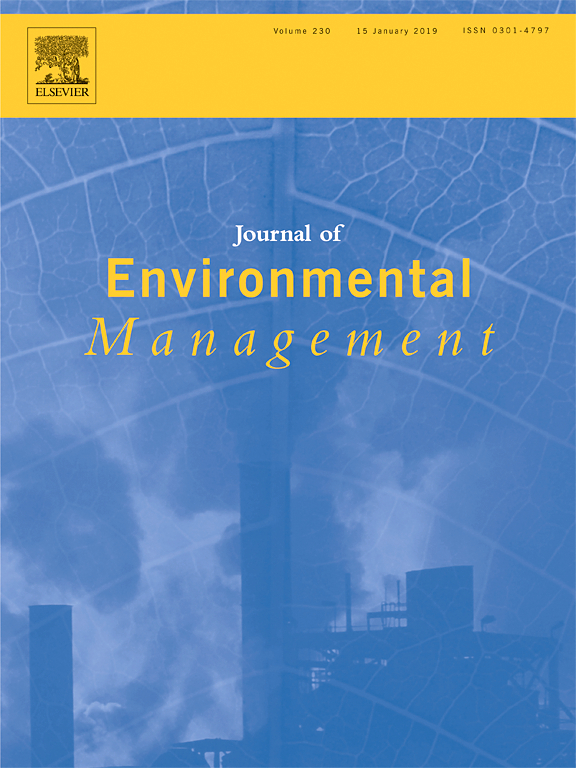Forests provide goods and services and the demand for these has increased over the years. To meet this demand, reforestation using fast-growing species is crucial. Bamboo is amongst the fastest-growing plant species. Consequently, the Ministry of Agriculture/East Africa Bamboo Project and the European Union Energy Project/INBAR introduced twenty-three bamboo species to Ethiopia. This study assessed the growth and biomass production potential of five of these exotic bamboo species (Dendrocalamus membranaceus, Dendrocalamus asper, Dendrocalamus hamiltonii, Bambusa vulgaris and Guadua amplexifolia). A randomized complete block design (RCBD) with three replications was used. Nine seedlings of each species were planted per plot using two meters spacing between and within rows. Sprouted culms per clump, culm length, culm diameter at breast height (DBH), average number of nodes and internode length per culm were measured. At age of 3½ years after planting, one clump of each species per plot in each block was uprooted and sorted into different components (rhizome, culm, branch and leaves). The fresh weight of each component was measured and sub-samples were taken to dry to constant weight. One-way ANOVA and then Tukey's test were used to find significantly different group means. The growth performance, in terms of culm production, culm height, internode length and biomass production, of the species was significantly different. D. asper and D. hamiltonii had superior growth and biomass production. We therefore recommend planting these two species in Guangua district and other similar areas where they can enhance the livelihoods of the communities.
DOI:
https://doi.org/10.1016/j.bamboo.2023.100030
Altmetric score:
Dimensions Citation Count:























